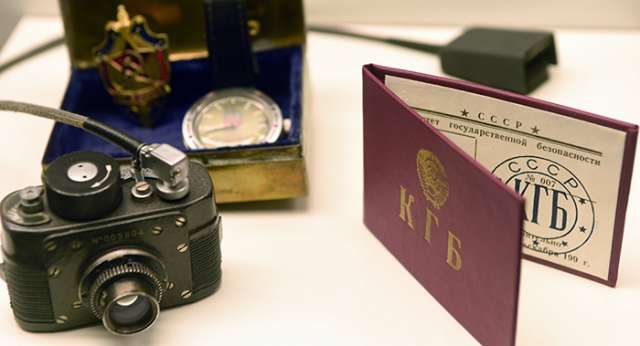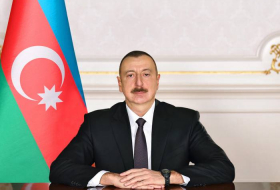Sloppiness, Not Moles, Led to KGB`s Exposure of CIA Agents During Cold War

Haslam, a professor of the history of international relations at the University of Cambridge, recalled that the CIA worked feverishly over the course of decades during the Cold War to root out suspected double agents in their ranks. Little did they know that it was the Soviets` methodical approach to counterintelligence, not double agents, that was responsible for the constant failures of American operations.
As the Cold War progressed, the KGB got good at rooting out CIA agents working undercover as diplomatic personnel, resulting in numerous failures, from failed missions to the capture of agents. James Angleton, the head of the CIA`s Counterintelligence Staff between 1954 and 1975, was overcome with paranoia, blaming all the agency`s failures on the presence of Soviet moles, failing to account for the KGB`s analytical capabilities.
In Haslam`s words, "the problem" with the Angleton "line of thought" regarding moles and double agents "was that it did not so much overestimate CIA security as underestimate the brainpower of their Russian counterparts." The reality, according to the historian, was much simpler. During postings to Thailand and Japan in the late 1950s, a KGB officer named Yuri Totrov began developing a system to systematically root out US intelligence agents.
Without the need for access to CIA personnel files, Totrov and the KGB developed a system using "a clever combination of clear insight into human behavior, root common sense and strict logic" to seek out and reveal American agents.
Returning to Moscow following his postings in Asia, Totrov began studying the KGB`s archives in order to work out the patterns of behavior of American agents who had been monitored, studying American open source intelligence-related literature, along with data compiled by police authorities in numerous countries. Later, his colleagues, along with the Soviet Union`s partners from the Warsaw Pact countries and Cuba joined in.
As a result, Haslam noted, Totrov and his team came up with "26 unchanging indicators as a model for identifying US intelligence officers overseas."
These included differences in the ways that genuine embassy workers and undercover CIA personnel were treated, including differences in pay scale, the tenure of stay at their posts, recruitment age details, and the absence of a requirement to attend the government`s Foreign Service Institute (which real diplomats were required to attend). Other indicators included gaps in the secret agents` published biographies, their ability to change their place of work without any apparent reason, and more.
The KGB worked out that the secret agents usually had the cover of `political` and `consular` officials, with official State Department listings either not featuring them, or listing them under research and planning, research and intelligence, and consular security. Moreover, observations showed that agents` offices were often located within embassies` restricted zones, with agents arranging for meetings in the evening, often out of town, usually between 7:30 and 8 pm.
Moreover, Haslam explained, "other indicators of a more trivial nature could be detected in the field by a vigilant foreign counterintelligence operative, but not uniformly so." The historian noted that this was made possible by the CIA overseas personnel office`s catastrophic lack of consideration for their agents, with "CIA officers replacing one another [tending] to take on the same post within the embassy hierarchy, drive the same make of vehicle, rent the same apartment and so on."
The historian recalled that following the end of the Cold War and the collapse of the Soviet Union, the CIA offered Totrov, the "veritable legend who soon became known with grim humor as the shadow director of personnel at CIA," a large sum to publish his memoirs and to reveal the secrets of the KGB`s intelligence gathering operations. The agent refused.
In Haslam`s view, "the fact that Totrov was able to produce telephone book-size volumes of CIA and other intelligence officers for KGB chief Yuri Andropov testified to the structural defects within the US government in in the relationship between its key operational departments in the sphere of foreign policy.
"All Totrov did, once apprised of this crucial flaw, was [to] follow through schematically and draw out the pattern. This was human intelligence of the highest order and an acute embarrassment, once known, to those responsible for the conduct of US foreign intelligence."
Jonathan Haslam has written several books on Cold War history, including his new book: Near and Distant Neighbors: A New History of Soviet Intelligence," which was released earlier this month.















































